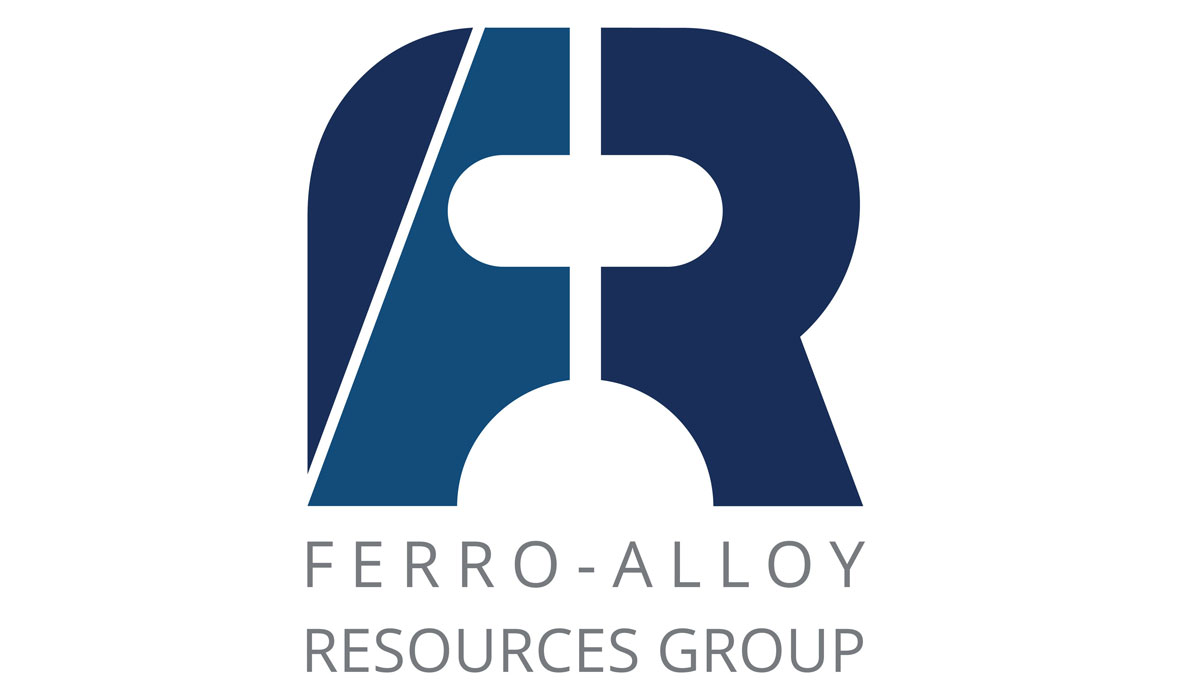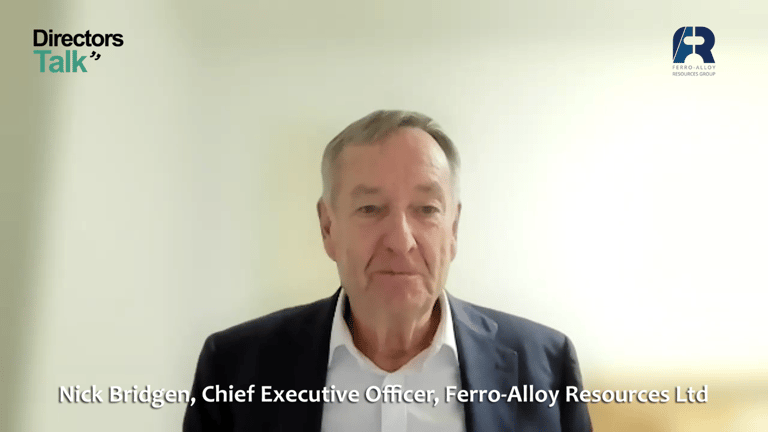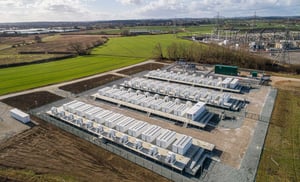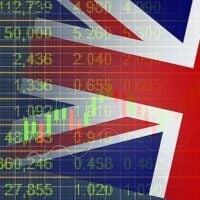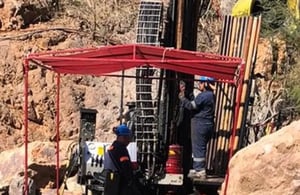The global vanadium market is experiencing a dynamic transformation, driven predominantly by the steel industry, which currently consumes approximately 90% of global vanadium output. Vanadium’s critical role in strengthening high strength low alloy (HSLA) steel makes it an indispensable material for infrastructure and construction projects worldwide. Beyond steel, vanadium also finds application in titanium alloys, catalysts essential for sulphuric acid production, specialised glass coatings, and advanced ceramics, reinforcing its diverse industrial significance.
However, it is vanadium’s pivotal role in the rapidly expanding market for vanadium redox flow batteries (VRFBs) that is creating the most excitement among investors. This segment is set to achieve annual growth rates exceeding 20%, a stark contrast to the modest 0-4% growth forecasted for traditional vanadium applications. This robust expansion is underpinned by the unique advantages VRFBs offer over lithium-ion alternatives. They boast an exceptionally long lifecycle, the ability to sustain unlimited energy capacity, superior tolerance to deep discharges, and, crucially, the simple reuse or recycling of vanadium electrolytes. These attributes make VRFBs perfectly suited for large-scale, grid-connected energy storage, aligning seamlessly with Australia’s national and state decarbonisation agendas.
The global supply landscape for vanadium is heavily concentrated, with around 70% of supply tied to the processing of vanadium-rich slags. These slags emerge as by-products or co-products from smelting vanadium-rich iron ores and, to a lesser extent, oil refining processes, predominantly centred in China and Russia. Only about 18% of the market derives from primary mining and processing of vanadium, while recycling efforts contribute a meaningful 12%, highlighting the industry’s evolving sustainability profile.
Two key commodities dominate vanadium trade flows: ferrovanadium and vanadium pentoxide (V2O5). Ferrovanadium, a high-value alloy primarily consumed by the steel sector, commands a premium price due to its elevated vanadium content. Meanwhile, vanadium pentoxide serves a versatile role, feeding demand from the chemical industry, battery manufacturing, and acting as a precursor for high-grade ferrovanadium production.
Global production of vanadium stood at an estimated 110,000 tonnes in 2021, according to the United States Geological Survey (USGS), with a market value approximating US$5 billion. This figure reflects a market poised for acceleration, driven by mounting energy storage requirements and the global imperative to transition towards cleaner, more resilient energy systems.
Investors alert to vanadium’s strengthening fundamentals are positioning themselves ahead of a long-term growth curve. With increasing commitments to renewable energy and sustainable infrastructure, vanadium’s strategic importance is only set to rise, making it a critical mineral of the future.
Ferro-Alloy Resources Ltd (LON:FAR) is developing the giant Balasausqandiq vanadium deposit in Kyzylordinskaya oblast of southern Kazakhstan. The ore at this deposit is unlike that of nearly all other primary vanadium deposits and is capable of being treated by a much lower cost process.

